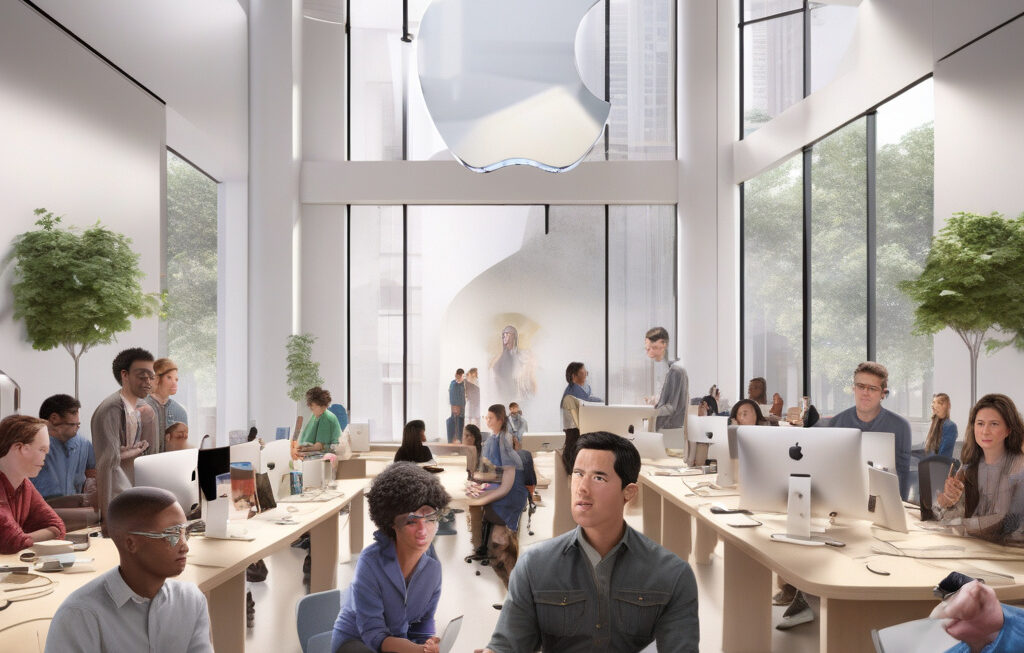Yoga in the Age of AI: Navigating the Intersection of Tradition and Technology
In the age of artificial intelligence and constant technological advancements, the ancient practice of yoga finds itself at a crossroads. With the rise of digital platforms, virtual classes, and AI-powered wellness apps, practitioners are presented with a paradoxical question: can a practice deeply rooted in presence, mindfulness, and spirituality coexist with the fast-paced, algorithm-driven world of today?
Yoga, originating thousands of years ago in India, has traditionally been a path to inner peace, self-discovery, and connection with the divine. Its physical postures, breathwork, and meditation techniques aim to cultivate awareness and harmony between the body, mind, and spirit. However, as technology continues to infiltrate every aspect of our lives, the essence of yoga faces new challenges and opportunities in this digital age.
On one hand, the integration of AI and digital tools into the yoga landscape has made the practice more accessible and convenient for a wider audience. Virtual yoga classes allow people to participate from the comfort of their homes, connect with teachers from around the world, and customize their practice based on their preferences and goals. Wellness apps equipped with AI algorithms offer personalized recommendations, track progress, and provide instant feedback, enhancing the overall yoga experience for many.
Yet, the convenience and efficiency of technology-driven yoga experiences raise important questions about the authenticity and depth of the practice. Can a virtual yoga class truly replicate the energy and connection found in a traditional studio setting? Does the gamification of yoga through AI tools detract from its spiritual essence, reducing it to a mere physical exercise or productivity hack? As we immerse ourselves in a world of algorithms and simulations, are we using technology to enhance our yoga practice or to escape from the real work of self-discovery and transformation?
Despite these concerns, some argue that the marriage of yoga and technology can lead to a harmonious blend of tradition and innovation. By leveraging AI for tasks like alignment correction, pose suggestions, and progress tracking, practitioners can deepen their understanding of the practice and receive valuable insights that may not be readily available in a traditional setting. Virtual reality (VR) yoga experiences offer immersive journeys that transcend physical boundaries, allowing practitioners to explore new realms of consciousness and embodiment.
Ultimately, the key lies in finding a balance between embracing technological advancements and honoring the timeless wisdom of yoga. Integrating AI and digital tools into our practice can be empowering and enriching, as long as we remain mindful of not losing ourselves in the digital noise. Cultivating presence, awareness, and intentionality in our yoga practice is more crucial now than ever before, as it serves as a grounding force amidst the ever-evolving landscape of technology and innovation.
As we navigate the intersection of tradition and technology in the realm of yoga, let us remember that at the heart of the practice lies the human experience – the journey of self-discovery, growth, and connection. Whether we practice in a traditional studio, follow along with a virtual class, or engage with AI-powered tools, the essence of yoga remains unchanged: a path towards inner peace, balance, and spiritual awakening in a rapidly changing world.
#Yoga, #AI, #Technology, #Spirituality, #DigitalAge












